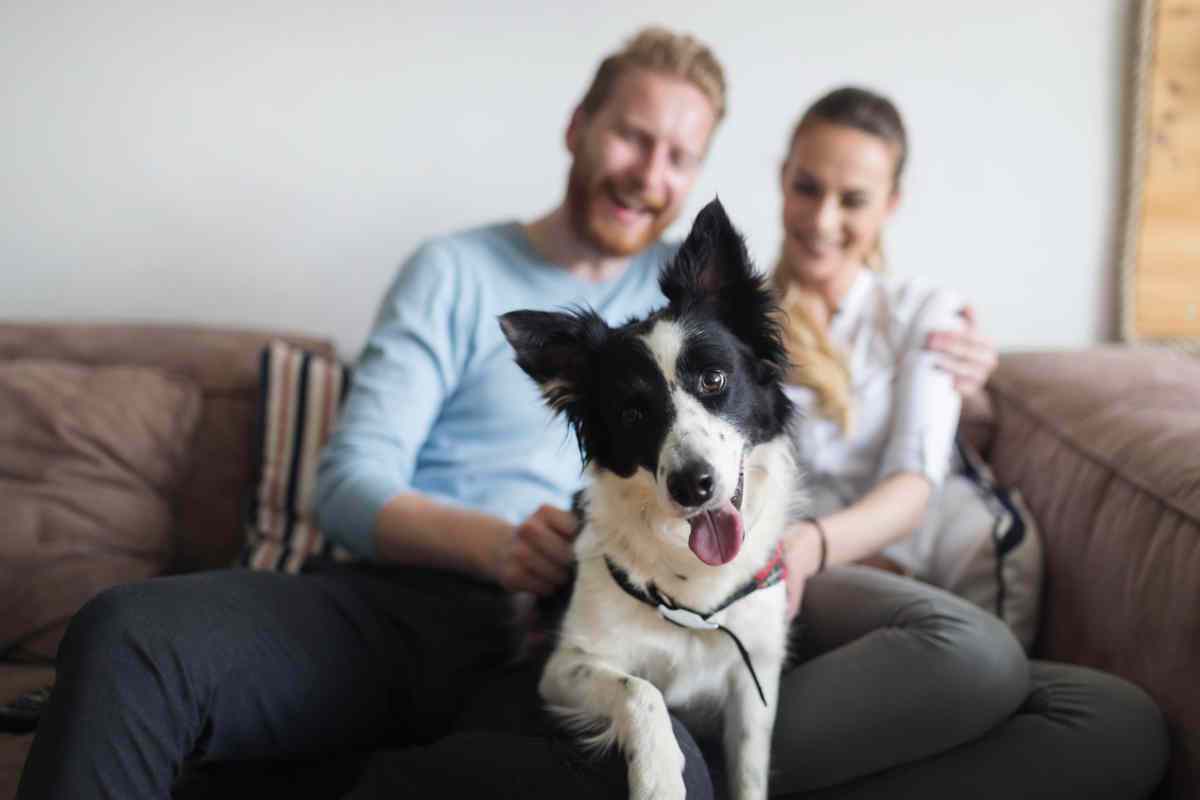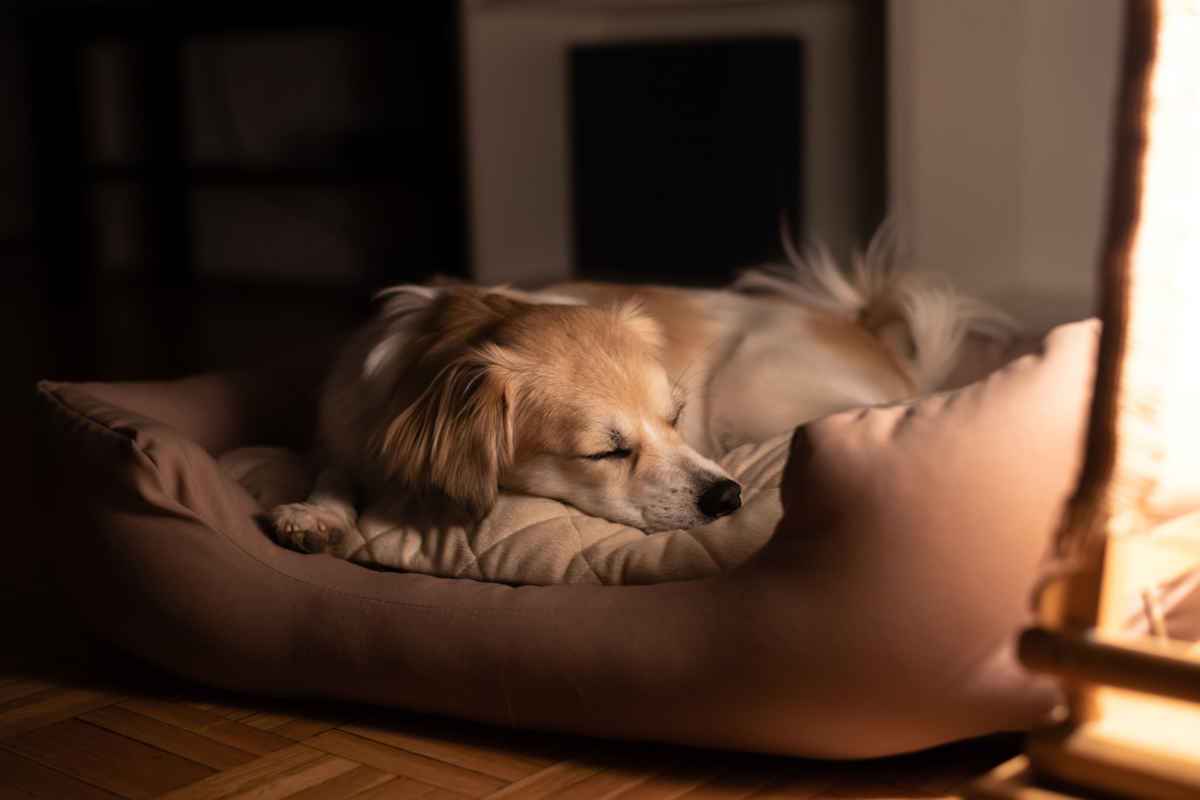Rehoming a rescue dog can be a rewarding experience, not only for the dog but for its new family too. Canine behaviourist Jackie Murphy shares her advice to help a new dog settle in.
When someone asks me "Should I get a rescue dog?", I always tell them that there are dogs of all breeds, ages and temperaments up for adoption, so there is the right dog for every owner or family. However, it's important to make their first few days as calm and predictable as possible.
Make them comfortable
Some dogs may be a little uneasy at first; after all, they are trying to get to know you and their new environment. This is where being patient and understanding will help, along with keeping a good routine of walking, feeding and quiet time.
Give them time to adjust to their surroundings and allow them to come to you, rather than crowding him or her. Try spending time in the same room, simply sitting and speaking to them, to help them feel more secure and less fearful of their new environment. Always let your dog acclimate to your home and your family before introducing them to strangers.

No doubt you will be excited to introduce your rescue dog to family and friends, but give them time to settle in first.
Establish a routine
Make sure the first few days are uneventful and have a routine in place for mealtimes, sleeping and walks. Above all, be patient, as this is a very new experience for your rescue dog. You can also make an appointment with your vet, to give your rescue dog the once-over as well as discuss health plans for your new addition.
Food, treats and chews
Initially, you may find that their appetite is inconsistent, but this will settle with the regular mealtimes that you provide them. It is always useful to stay with the diet that the rescue centre has suggested for a few weeks, then you can slowly change this over to new food over a seven to 10-day period.
This allows your pet's body to gradually get used to the new food. Remember, the area where you feed your dog should be quiet and safe, away from the distractions of children or other household pets.
Treats and chews should also be introduced slowly and at appropriate times – chews are good for settling, while treats are good for training.
Exercise and walks
Your rescue dog may feel very excited about going for a walk, or they may feel stressed. On the first day that you bring your dog home, ensure they have a walk before coming into the house and that the walk they have is enjoyable and relaxed (so find a quiet area of the park to allow them to investigate but ensure you keep them on the lead). This will make their future walks less daunting; they have had their first one without even realising it!
Sleeping and rest
It might be useful to have the dog's bed beside you while you are at home, and for other family members to take turns sitting near it, so he or she gets used to relaxing with everyone in the house. It's important they are given time to rest.

Ensure your new pet has a quiet spot if they feel the need to retreat.
How to introduce your rescue dog to other pets
As an animal lover, you might well have another pet in your home to consider – or perhaps you're rescuing two dogs from the same shelter. Even if they have already met at the rescue centre, it's still a good idea to follow this advice.
Have the first meeting outside, ideally on neutral ground. You can then take them for a walk (on their leads in a local park or rent a secure field for some on/off lead time). This will allow them to have more space to feel safe. Let the dogs introduce themselves, but keep a close watch on them just in case you need to intervene.
The majority of rescue centres will test each dog to see if they are suitable to live with a cat, but when introducing your rescue dog to the resident pet cat, it would still be useful to have your dog on a lead. The cat may approach on its own or may view the rescue dog for a few days. Make sure that the cat has an exit or safe space to escape. Give them an area away from the dog to eat and toilet, as well as rest and nap in peace.
Mealtimes, treats and chews should be supervised too, and make sure your existing dog or cat does not have too many changes to their routine.
- See if the rescue centre will give you support during the first few weeks or month.
- Prepare as much as you can in advance – look at where your rescue dog will rest, sleep and eat as well as what boundaries you will put in place.
- Check to see what food they are currently being fed and purchase the same food. Ask about feeding times too, as you need to make changes gradually.
- It would be useful to keep your rescue dog on-lead initially, so that you can calmly remove him/her from situations if needed.
- Start as you mean to go on with walks and bedtime routines. Be very clear about household rules and routines from day one – it will help the settling-in process.
- Ensure you have some toys that your rescue dog can interact with, either on their own (comfort toys) or ones that you can interact with too. The interactive toys should be large enough so that your hands and their mouths are well away from each other.







